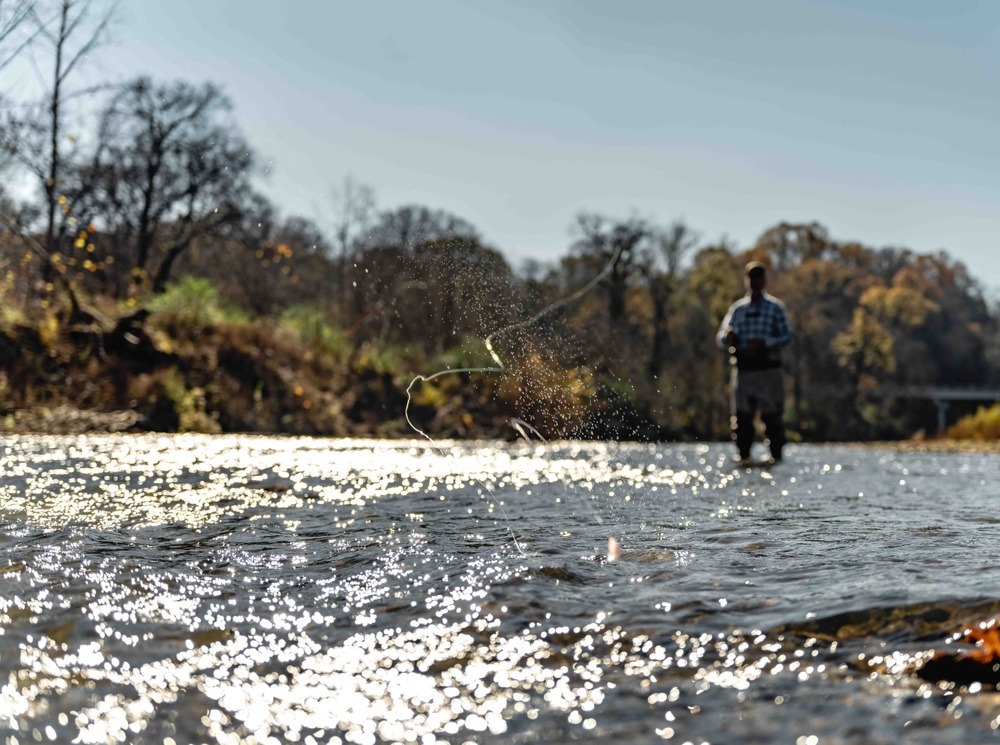Inadequate Water Resource Management
Regional growth is good for the economy, but if not done responsibly it will have detrimental impacts on the lands, water, and wildlife that draw many people to Tennessee. The health and abundance of Tennessee’s waterways is worth taking the time and resources to plan and monitor regularly.
Water is Everywhere
There are more than 60,000 miles of streams and rivers and more than 580,000 acres of lakes and reservoirs in Tennessee, providing habitat for fish and wildlife; drinking water for people, wildlife, and livestock; irrigation for agricultural land; recreation opportunities; and much more. Every acre of Tennessee is within a watershed, meaning water from every corner of the state drains into a river, stream, or other outlet and can have downstream impacts.
Tennessee is one of the most biodiverse states, but population growth and city expansion is threatening that biodiversity. Effectively managing water resources is crucial to protecting wildlife and aquatic ecosystems.
As a nation, we have long understood the value of healthy and abundant water. For the past 40-plus years, our citizens and our public policies have recognized that in order to have healthy and abundant water we must fix the problems we have created, namely reversing the destruction of our country’s streams, rivers, and wetlands.
Under the Clean Water Act, Tennessee’s waterways are regularly monitored to assess their functionality, pollution levels, and more. As of May 2022, less than half of the streams and rivers in Tennessee have been assessed. Of those assessed, more than 17,000 miles of Tennessee’s streams and rivers are classified as impaired, meaning they are not able to support at least one of their designated uses. Over 40% of assessed lakes and reservoirs are impaired.
In the last decade, Tennessee Wildlife Federation has played integral roles in multiple threats to the health of Tennessee’s waterways—including preventing wastewater dumping in the Hatchie River in 2015, managing water withdrawals from the Duck River in 2022, and an ongoing wastewater discharge issue involving Lick Creek. While these were major issues that caught the public’s attention, similar problems are occurring in countless creeks, streams, and rivers across the state.
Tennessee’s public waterways should not be taken for granted. As water needs continue to increase, it is imperative that Tennessee’s waters are proactively managed to prevent losing these essential resources.

Speak out
Help lead Tennessee's wildlife and habitat conservation movement by making your voice heard.
Give
Your generosity helps manage wildlife populations and restore habitats for a more vibrant Tennessee.
Sign up for action alerts
Learn More
Resisting Federal Overreach: U.S. Army Corps of Engineers Proposed Ban on Tailwater Fishing
Sen. Lamar Alexander, with support from Tennessee Wildlife Federation CEO Mike Butler (left), spoke at a spring 2013 press conference related to the U.S. Army Corps of Engineers plan to restrict...
The Right to Hunt and Fish: An Amendment to the Tennessee Constitution
All the way back to Ancient Rome, democratic societies have recognized the individual right to hunt and fish. But during the Norman Conquest in England, a landowner could be put to death for hunting...
Elk Restoration in Tennessee, 2003
Tennessee Wildlife Federation teamed up with the Tennessee Wildlife Resources Agency to release the first elk in December of 2000. All of the 31 elk released in February 2003 are alive and well!...




